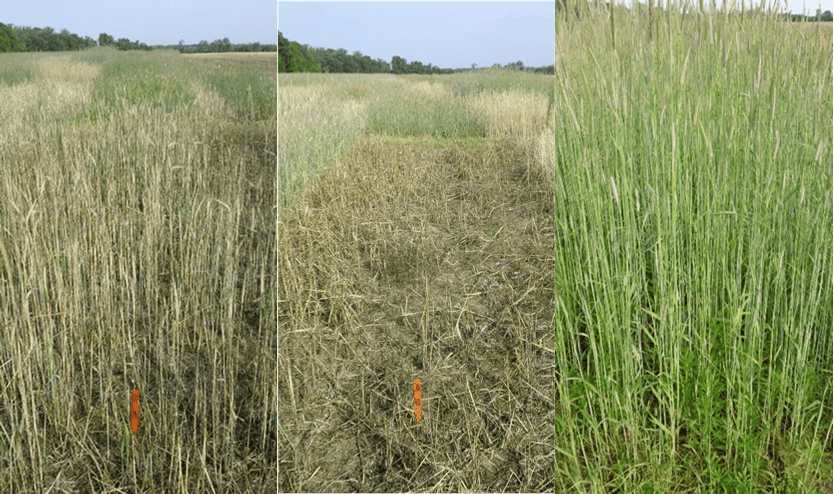 Reports are for crop conditions up to April 5, 2024.
Reports are for crop conditions up to April 5, 2024.
Western Maryland
Wet, wet, wet. This spring is off to a very different start than last year. Late winter and early spring have gone a long way in replenishing soil moisture and groundwater. Soil temperature and moisture will delay planting for a few weeks, but we are happy to have the moisture. Chicken litter, dairy manure, and first-pass nitrogen have been applied. These rains are now filling pits uncharacteristically. We are seeing Barley Yellow Dwarf Virus in some triticale. This is new since triticale was once thought to be resistant to everything. Next fall, we will need to think about scouting for aphids. All in all we are off to a better start than 2023.—Jeff Semler, Washington Co.
Central Maryland
We’ve had quite the up and down with the weather this month. A few days in mid-March brought highs into the 60s, but most of the month has been cooler (lows in the 30s and highs in the 50s). In the past week, areas around the region have received 2 or more inches of rain. Soil temperatures have hovered around 50 degrees F. Green-up and manure applications have gone out. Looking forward to some warmer weather next week!—Kelly Nichols, Montgomery Co.
Northern Maryland
The past week has been cool and wet, which has been the story for most of the winter/early spring thus far. Field work has been very limited due to all the rain; second shot of nitrogen on wheat and weed control is needed as soon as the weather turns. Soil temperatures are still cool and the first seeds will not be going in the ground any time soon. Cover crops and small grains are generally variable across fields and winter annual weeds have been noticeably abundant this spring.—Andy Kness, Harford Co.
Upper and Mid Shore
No report.
Lower Shore
It’s been a wet spring, which has interrupted farm activities. Many fields are waterlogged or flooded. Farmers have been applying manure as they can get into fields. Most cover crops are still growing, which has been helpful to keep the rain water in the crop fields. No corn or soybean has been planted yet.—Sarah Hirsh, Somerset Co.
Southern Maryland
Rains continue to fall with only a few days here and there suitable for field work. Farmers are practicing patience as much work remains spreading litter/manure, applying herbicides and completing field operations. If weather conditions allow, planting will commence in a couple of weeks. Soils are wet and cold at present. Small grain crops are at jointing stage. Most wheat acreage received a first application of N with the second application being made when field conditions allow. Aphids have been active in some fields. Alfalfa got off to an early start this year, and growers are encouraged to scout for alfalfa weevil which has also been active. In So MD, most populations are resistant to pyrethroids, leaving Steward as the best option. Cool season grass hayfields are greening up now. On the weed front, Virginia Pepperweed seems to be more prevalent this year. Marestail and Common Ragweed are around and need to be controlled prior to planting. Burndown applications are being made in preparation for planting. With cooler temperatures, we may struggle to kill larger Italian ryegrass, brassicas, and cereal grain with standard rates of glyphosate.—Ben Beale, St. Mary’s Co.






